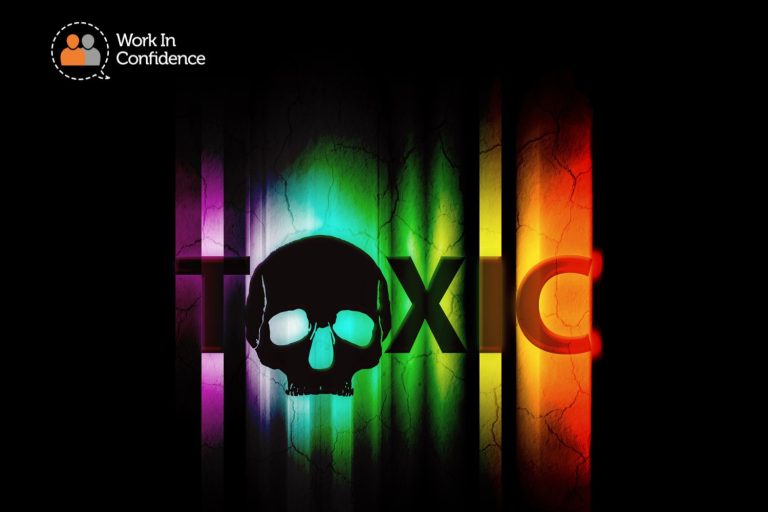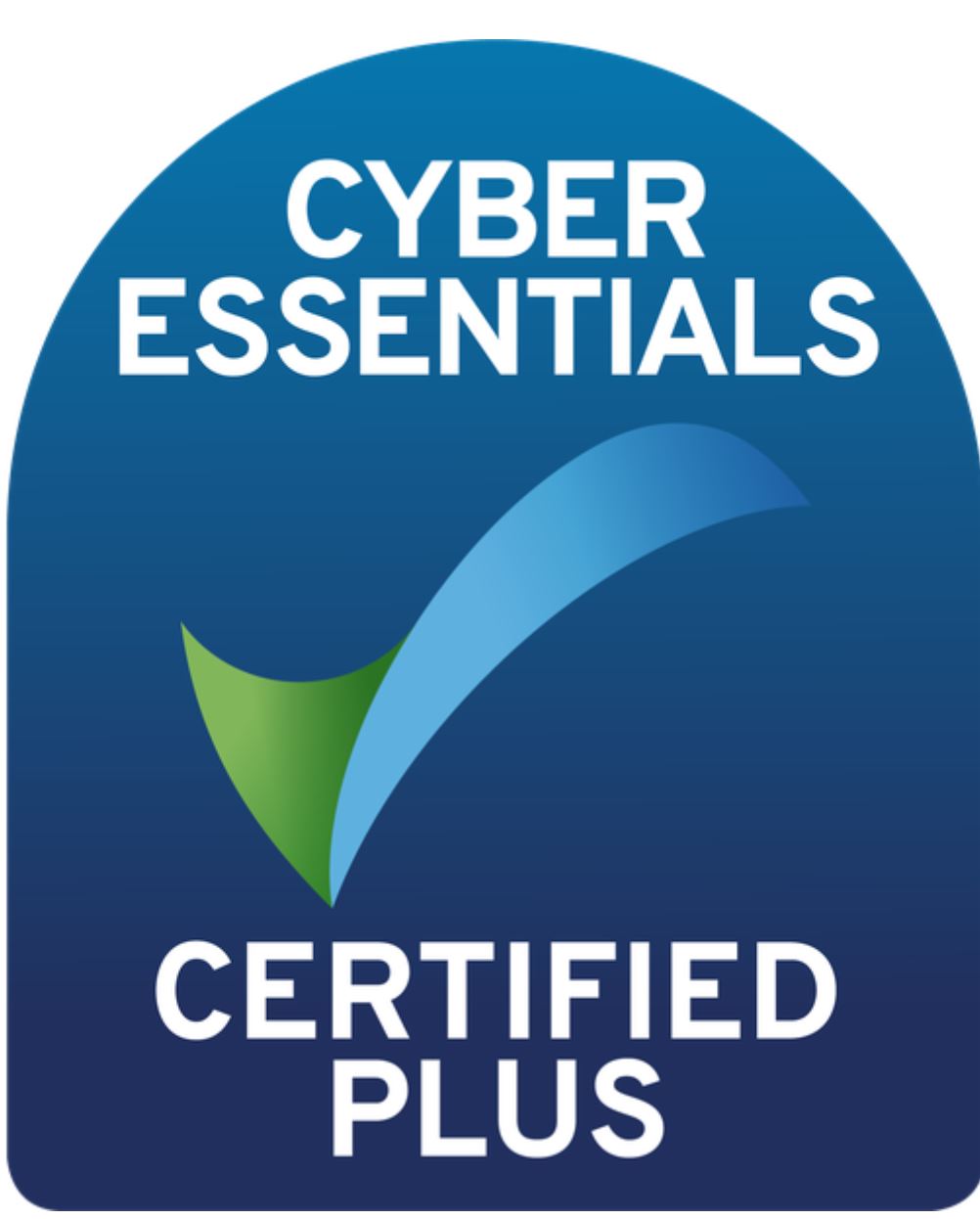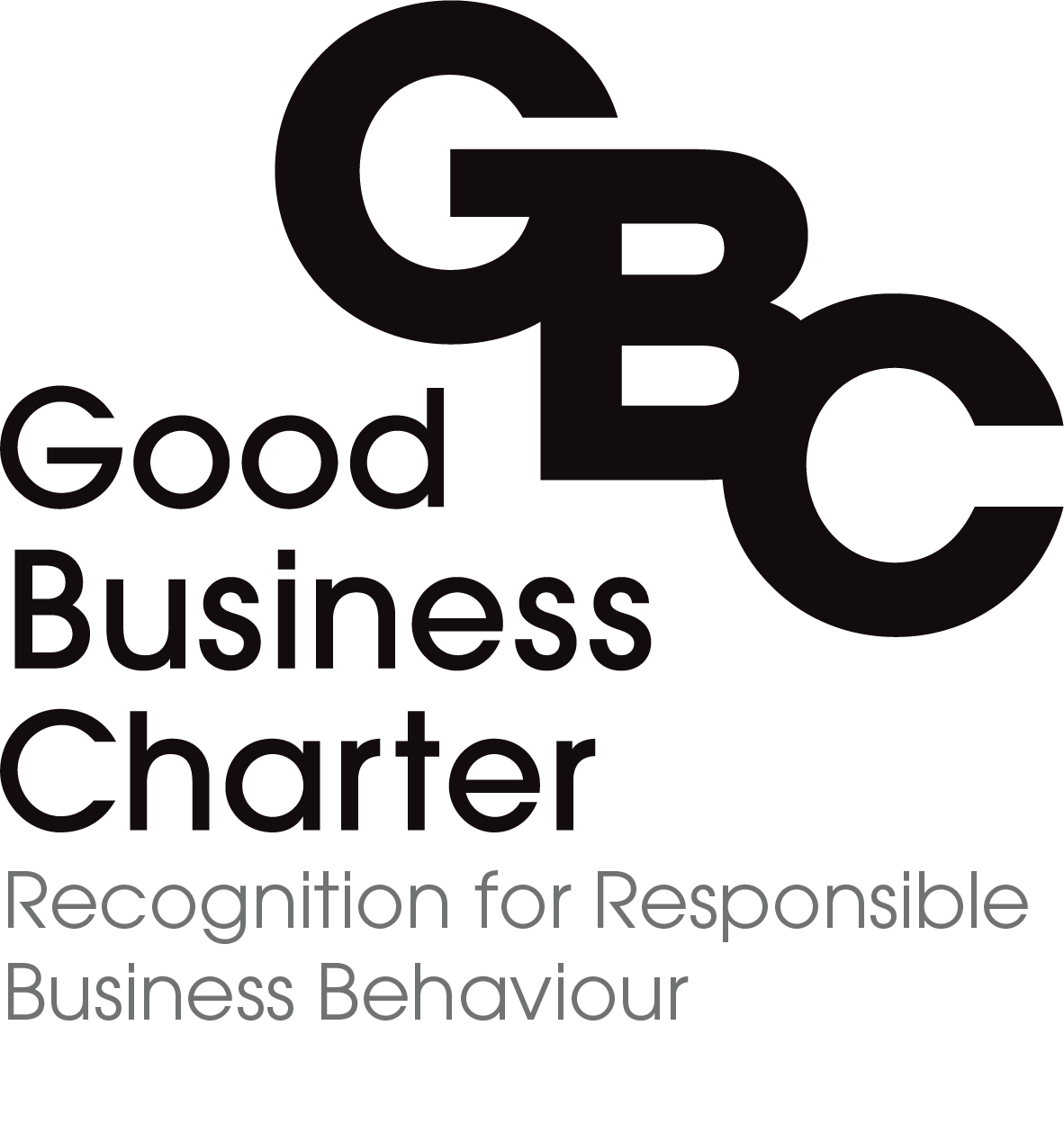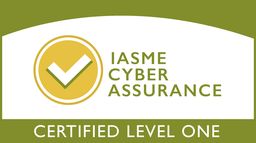Written by David Warren, WorkInConfidence
What toxic behaviours bring to a workplace.

We hear it all the time: “Our workplace is toxic.” It’s a phrase that carries weight, but is it always accurate? Labelling an entire organisation as toxic can be disheartening, but often, the reality is more nuanced. A handful of toxic individuals can create an outsized impact, making it feel like the whole culture is problematic—even when it isn’t.
Understanding this distinction is key, particularly as we approach Stress Awareness Month, where this year’s theme encourages us to Lead with Love. True leadership is built on empathy, trust, and care—the opposite of what toxic behaviours bring to a workplace.
The power of a few
It’s surprising how much influence a small number of people can have. A single disengaged leader, a bullying team member, or a manipulative colleague can create ripples that affect morale, productivity, and well-being across entire teams. When left unchallenged, these behaviours erode trust, increase stress, and push talented people away.
But does that mean the whole culture is beyond saving? Not necessarily. If an organisation can identify and address these individual behaviours early, it can prevent them from shaping the wider workplace atmosphere.
When toxicity becomes culture
While many workplaces suffer due to a few toxic individuals, some organisations do have deep-rooted issues. In the past year alone, we’ve seen high-profile cases in the UK where workplace cultures have been exposed as harmful:
CBI (Confederation of British Industry) – The business lobby group was rocked by allegations of a toxic culture involving sexual misconduct and harassment, leading to a leadership overhaul and reputational damage.
BBC and ITV – Reports of bullying and a toxic culture within media organisations, particularly following the Phillip Schofield scandal and wider concerns about workplace behaviours in the industry.
UK Police Forces – Several reports, including the Casey Review into the Met Police, highlighted institutional misogyny, racism, and bullying.
Government Departments – High-profile resignations and investigations, such as the Dominic Raab bullying inquiry, exposed issues of workplace intimidation and an unhealthy work environment.
Fashion and Retail Industry – Brands like Boohoo, Harrods, as well as others in the fast fashion sector have faced scrutiny over toxic workplace cultures, including reports of excessive pressure on employees.
How to spot the signs
A culture isn’t toxic by default—it’s shaped by the behaviours of the people within it. So, how do you know if you’re dealing with a few toxic individuals rather than a systemic issue?
Patterns of negativity: Do the same individuals consistently cause friction, or are problems widespread?
High turnover in specific teams: Are people leaving because of particular managers or colleagues rather than broader company issues?
Silence in meetings: Are people afraid to speak up, or is a small group dominating the conversation?
Stress levels spiking: Are reports of workplace stress linked to interactions with certain individuals?
If the negativity stems from a few key people, tackling it head-on can make a significant difference—without needing an entire cultural overhaul.
Leading with love means addressing toxicity
To truly lead with love, organisations must take responsibility for identifying and addressing toxic behaviours. This means fostering a culture where people feel safe to speak up, be heard, and trust that action will be taken.
That’s where WorkInConfidence can help. Our 2-way anonymous feedback and reporting tools provide a safe space for employees to highlight concerns—without fear of backlash. By giving people a voice, organisations can identify patterns of toxicity early and take meaningful steps to reduce stress, improve well-being, and rebuild trust.
The goal isn’t to label an entire workplace as broken. It’s about recognising when individual actions are causing harm and taking proactive steps to fix them. Because when organisations truly listen and act, they create cultures where people feel valued, supported, and, most importantly, able to thrive, in less stressful environments.
Tools for creating a happier workplace
Want to create a healthier, happier workplace? Start by listening. Learn more about employee engagement solutions from WorkinConfidence:
- Employee Surveys to Measure Bias
Regularly surveying employees allows organisations to assess feedback from your people on your culture. Surveys can be designed to include questions about any experiences with bullying and harassment, workplace culture, and if your people feel they can talk to you. Properly structured questions and results will help businesses identify areas for improvement and track progress over time. - Anonymous Reporting Channels
Providing employees with a confidential and anonymous ways to report and discuss bias, harassment and discrimination is essential. An anonymous “Speak Up” platform ensures that employees can raise concerns without fear of retaliation can really help. It can ensureemployees feel safe to report issues fosters trust and encourages a culture of accountability. - HR Case Management for Reporting and Analysis
Implementing a structured Case Management system ensures that reports are properly recorded, tracked and addressed. A secure and accessible platform for managing complaints—whether submitted via anonymous reporting tools, phone lines, or direct HR contact—enhances consistency of response, understanding and improvement as well as compliance with workplace regulations. Moving away from outdated, manual tracking methods like spreadsheets ensures efficiency, security and can deliver actionable insights. - Leadership Accountability and Training
Training for managers and senior leaders to identify and address feedback and communication is critical. Regular training should be mandatory and tailored to the specific needs of the organisation. - Speak-Up Phone Line
A dedicated phone line for confidentially reporting anything from harassment to discrimination provides employees with an additional, safe avenue to raise any concerns. This can be particularly valuable in addressing sensitive issues which employees may be reticent to discuss through internal channels.
To learn more about how our two-way anonymous reporting solutions and case management tools can support your organisation to empower employee voice and give you valuable insights into your organisational culture, visit our website or get in touch with me for a chat.
A safe and secure two-way anonymous channel for your people to raise concerns via phone, tablet, or PC, ensuring you are aware of any workplace issues and can respond quickly and accordingly
Easily set up, run and interpret surveys on engagement, respect, wellness or other topics to ensure you always understand your people, their needs and motivations.
A secure phone line with a dedicated Speak Up Guardian for your employees to raise concerns with. We also provide training in Freedom to Speak Up, Speaking up and safeguarding processes.




